Colonial, split-level, Cape Cod… it’s no surprise that real estate has its own lingo, right down to the style of a home. In an effort to establish a deeper understanding of home styles, both in terms of how they’re built and what they seek to represent, McEnearney presents a series of articles to explore these differences. We’ll explain what makes a home a split-level versus a split-foyer, define traditional Colonials and Cape Cods; and learn to appreciate the subtleties of Art Deco and Victorian details. Third in our series is exploring the well-liked mid-century modern style of homes. Missed Parts I and II? Click here (Townhouses vs. Rowhouses) or here (Bungalow vs. Cape Cod).

A style of design that has seen a resurgence in popularity is mid-century modern, which extends beyond furniture and decor, but to architecture, as well. Interest in the style began to pick back up in the 1990s, as adults who had grown up in MCM-designed homes were reaching adulthood and buying houses they associated with their childhood. Coupled with the explosion of the hit television series Mad Men, the classic design shows no signs of fading.
Mid-century modern architecture refers to the wave of homes built between the end of World War II in 1945 and the mid-1970s. Following WWII, Americans were moving to larger plots of land in the suburbs and building open-concept homes on a single level. This, along with inspiration from Frank Lloyd Wright’s Prairie School design and a desire to incorporate nature via indoor/outdoor spaces, which flowed from one to another effortlessly, influenced the mid-century modern movement.
In the DMV area, MCM-style homes can be found in numerous neighborhoods including Hollins Hills (Fairfax), Carderock Springs (Bethesda), and Holmes Run Acres (Annandale).
If you’re looking for a MCM-style home, here are three key elements to look for:
One-level, and open-concept in design.
MCM homes are generally one-level with an open-concept layout, have expansive panes of glass (instead of traditional windows) and large sliding glass doors, and low-pitched or flat roofs.
Bringing the outdoors in.
MCM homes seek to make the home a part of the nature around it. Builders sought to bring in a lot of natural light and materials in the interior spaces, via exposed beams, wood-paneled walls or stone fireplaces. Some also literally brought the outdoors in with interior courtyards or atriums with glass walls. Sliding glass doors and expansive windows were incorporated to provide scenic views and encourage occupants to go outdoors.
Simplicity over extravagance.
MCM is the opposite of fussy; look for clean-cut, no frills lines and edges, sight-lines that allow for homeowners to be a part of what’s happening around them (as opposed to the spaces being separated by walls) and features that serve a purpose, rather than for decoration.
Want to find a mid-century modern home of your own? Contact your favorite McEnearney Associate to start the conversation today.
[divider height=”30″ style=”default” line=”default” themecolor=”1″]
Don’t miss a post! Get the latest local guides and neighborhood news straight to your inbox!

 Facebook
Facebook
 X
X
 Pinterest
Pinterest
 Copy Link
Copy Link






